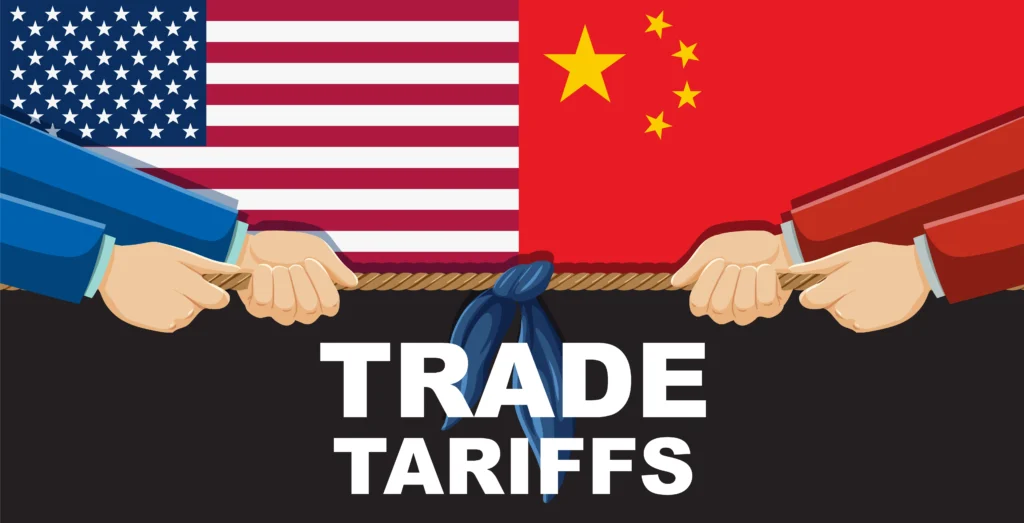In a significant shift in global trade dynamics, Chinese manufacturers are increasingly turning to
Indian exporters as strategic partners to maintain access to the lucrative US market amid
escalating tariff pressures, according to recent industry reports.

Why Are Chinese Companies Suddenly Courting Indian Manufacturers?
The United States has intensified its trade stance against China, implementing tariffs that now
reach as high as 145% on certain Chinese goods. This dramatic increase has prompted Chinese
companies to seek alternative channels to preserve their American market share while avoiding
these prohibitive duties.
“Chinese manufacturers are actively pursuing arrangements with Indian exporters across multiple
sectors including electronics, hand tools, and home appliances,” reports the Economic Times,
which documented this emerging trend through interviews with industry participants at the
recent Canton Fair.
10% vs. 145%: The Mathematical Logic Behind the Strategy
The strategic appeal is clear: while Chinese goods face steep tariffs, Indian exports to the US
currently incur duties averaging around 10%. Though these duties are projected to increase to
approximately 26% by July 2025, this still represents a substantial cost advantage compared to
direct exports from China.
An Indian manufacturing executive who attended the Canton Fair said; “There’s been a noticeable
surge in inquiries from Chinese firms looking to establish supplier relationships and co-branding
arrangements with Indian companies.”
Can These Partnerships Navigate India’s Regulatory Maze?
Despite the mutual economic incentives, this emerging partnership model faces significant
challenges. India maintains strict regulatory restrictions on Chinese investments, which limits the
potential for direct manufacturing joint ventures.
As a result, most collaborative arrangements are being carefully structured as supply agreements
rather than equity partnerships, allowing both parties to comply with Indian regulations while still
achieving their market access objectives.
Will This Temporary Workaround Reshape Global Trade Permanently?
This strategic pivot represents more than just a temporary workaround. Industry analysts suggest
these new partnerships could fundamentally reshape aspects of the global supply chain,
particularly if they lead to technology transfer and capacity building within India’s manufacturing
sector.
“Even temporary trade arrangements can create lasting business relationships and drive
investment in new production capabilities,” notes market expert examining the broader
implications of this trend.
For India, this unexpected opportunity could accelerate its manufacturing ambitions if handled
strategically. However, the sustainability of this model depends largely on how the US responds
to perceived tariff circumvention through third countries.
What Should Business Leaders Be Monitoring Now?
Companies involved in international trade should monitor several key factors as this situation
evolves:
- US regulatory responses to third-country shipping arrangements
- Changes in India’s foreign investment policies toward Chinese companies
- Supply chain verification requirements from major US retailers
- Development of new manufacturing capacities in strategic sectors
The shifting trade landscape underscores how geopolitical tensions continue to reshape global
business strategies, forcing companies to adapt to an increasingly complex regulatory
environment.
References:
Economic Times. “Chinese Firms Seek Indian Partners to Avoid US Tariffs.” April 2025.
Business Standard. “Trade Realignment: India’s Manufacturing Opportunity.” March 2025.

One thought on “Chinese Firms’ Secret Weapon Against US Tariffs: The IndianConnection!”